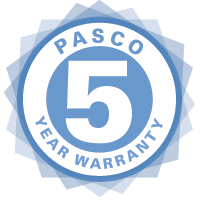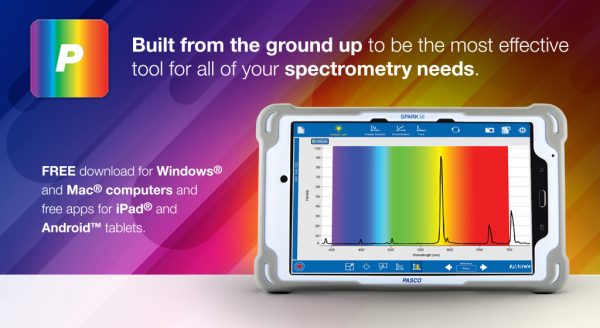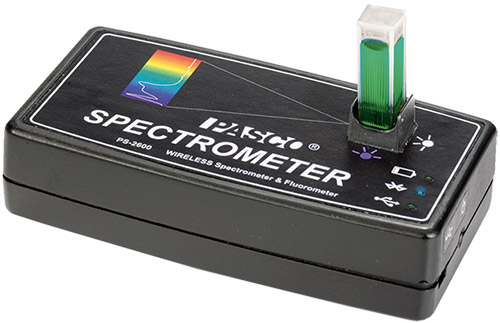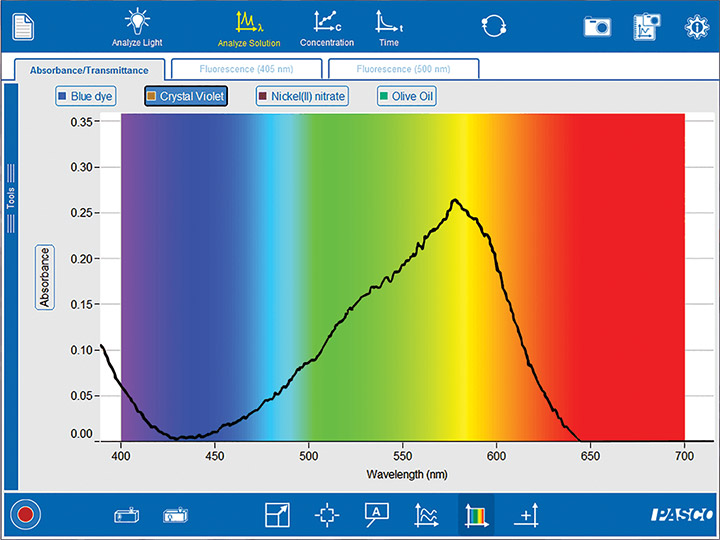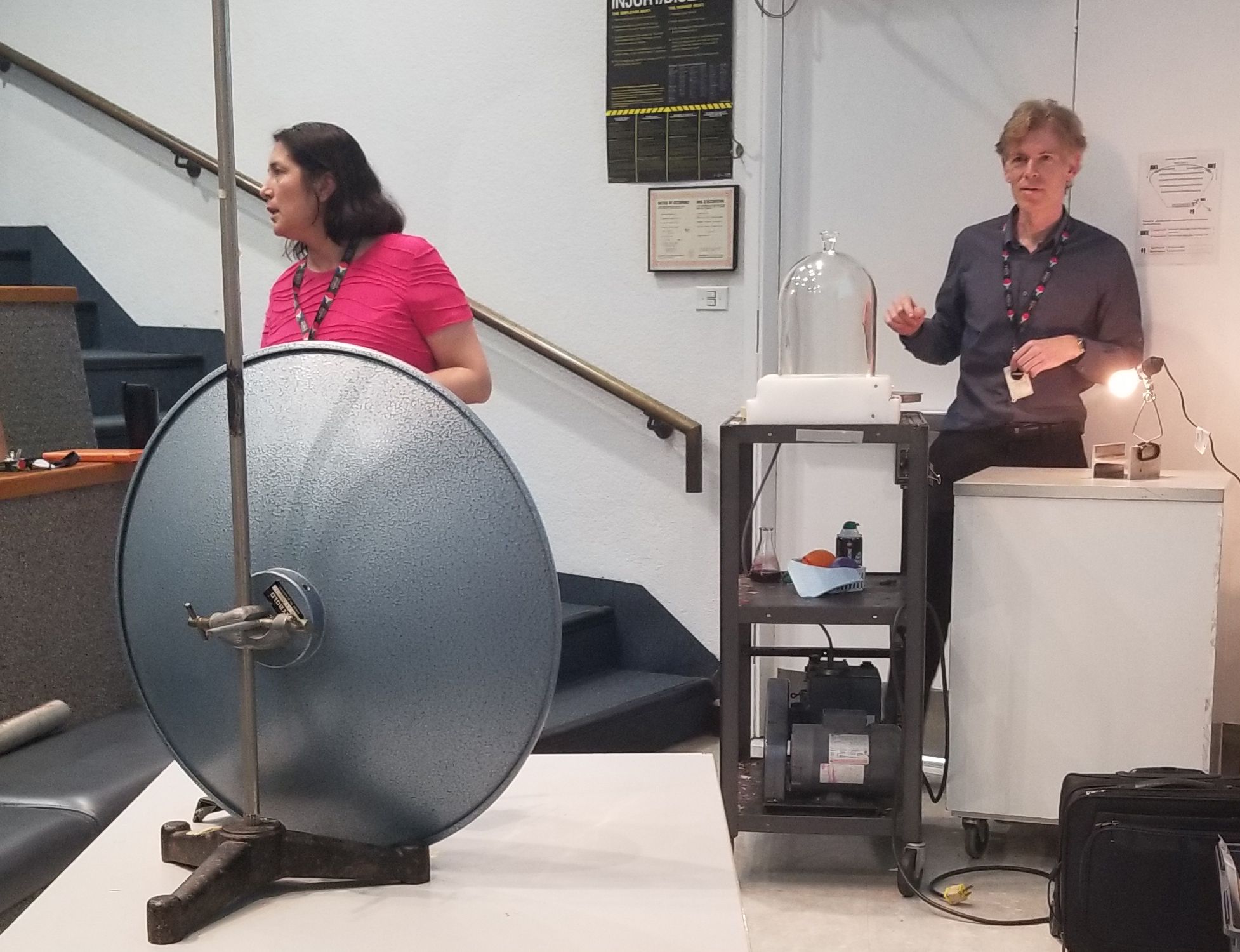Properties of acids, bases and the pH scale are core concepts in any chemistry class. After your students understand the basics, they need to be able to quantify reactions involving acids and bases with a titration.
A classic experiment is to determine the concentration of HCl(aq) by reacting it with 0.1 M NaOH(aq). To quantify this titration, and to make it more pHun, I used an indicator and a Wireless pH Sensor.
The volume of labware usually used for a titration can cause students to react with hesitation about the lab, so to keep the focus on the concepts, I minimize the amount of equipment. For a mini-titration station, I lighten the cognitive load by having students measure volumes in drops— no funnels, burets or volumetric glassware needed.

In the setup above, I added 60 drops (~2 mL) of an unknown concentration of acid to a beaker on a magnetic stirrer. Then I used the Electrode Support to suspend a Wireless pH Sensor in the beaker with enough water to make sure the pH electrode is covered. Finally, I added a few drops of bromthymol blue indicator. I fired up SPARKvue and set up a table to manually collect pH measurements and the volume of NaOH.
Now, it was time to drop the bass base. I slowly added 0.1 M NaOH until the pH changed by 0.5 units (up to 13.0 units), recording the total drops of NaOH along the way.

After only a few minutes, your student will have a constructed a pH titration curve with real measurements with no treble trouble. This data looks good to the last drop!
Students will be surprised at a couple of things. The number of drops needed to change the pH by 0.5 units is not always the same, and the shape of the titration curve is not a straight line, as many would have predicted.

They will also have noticed that the indicator in the solution changed color, from yellow to blue, and there was a big jump in the pH with only 1 drop of NaOH.
So, what’s the point of all this data? In this case, there is an exact point they are looking for— the equivalence point.

When the 60 drops of HCl were neutralized by 52 drops of 0.1 M NaOH — indicated by the color change and large jump in pH from below 7 to above 7— there were an equal number of moles of acid and base in the solution.
By incorporating the Wireless pH Sensor the students will not only perform a color-changing titration, but they will also have an opportunity to engage in some science and engineering practices with their data. And of course, have some pHun doing it!

